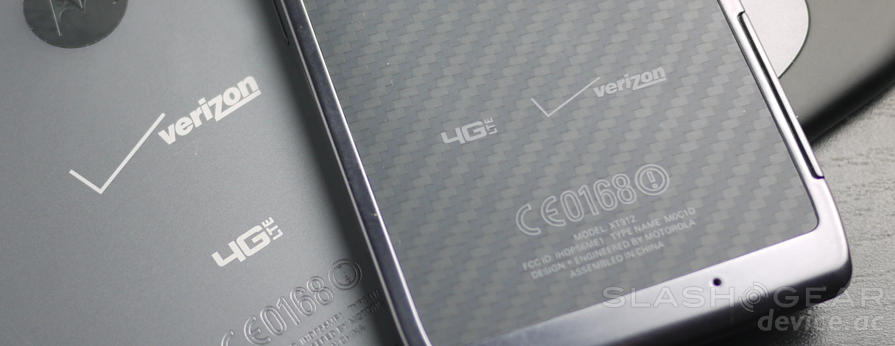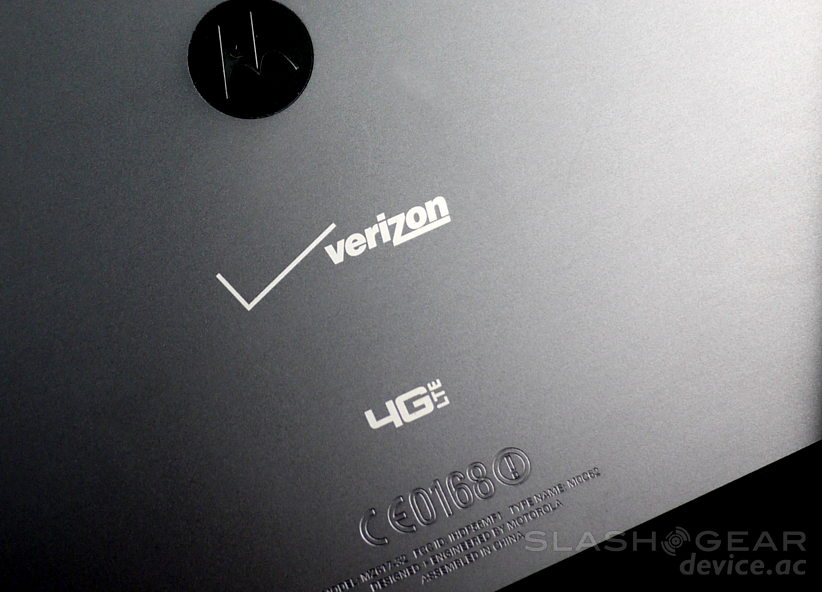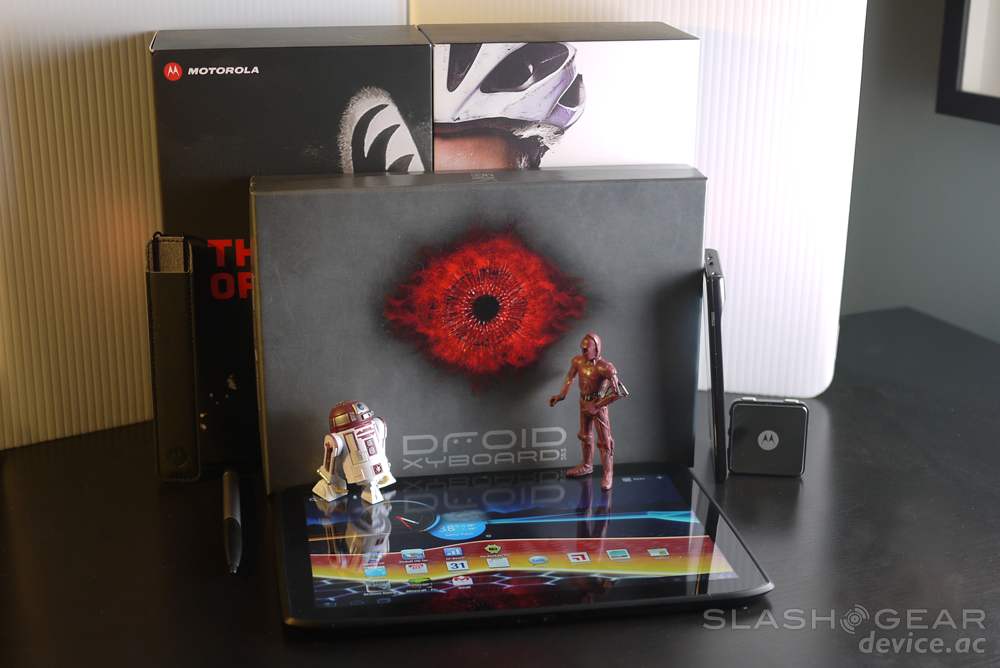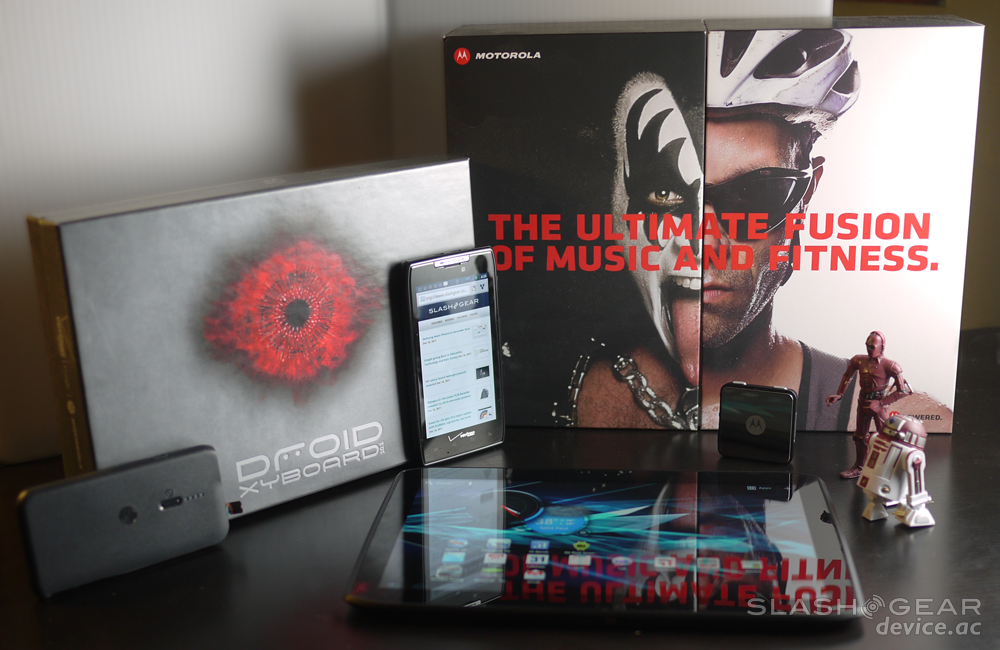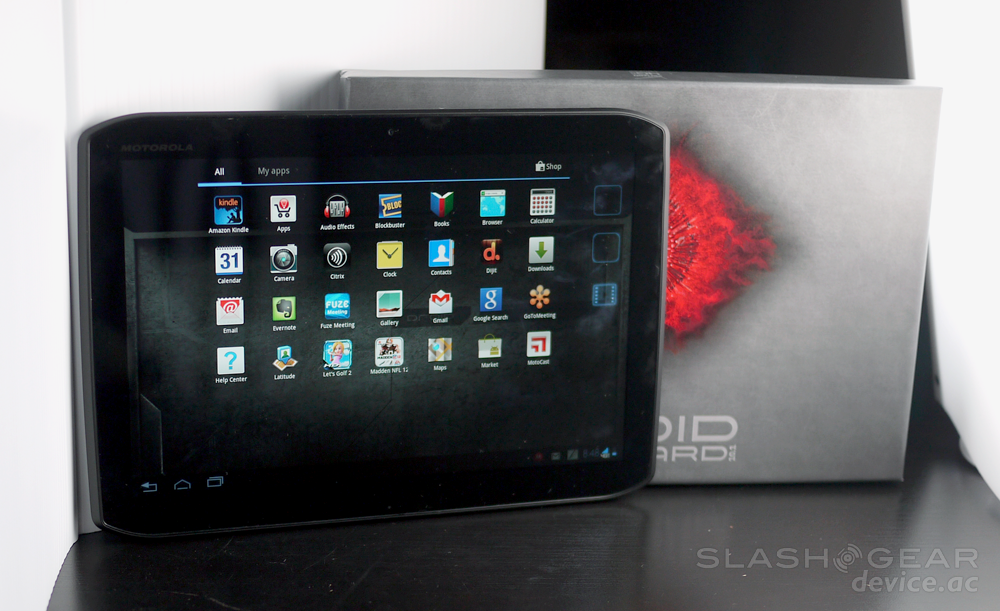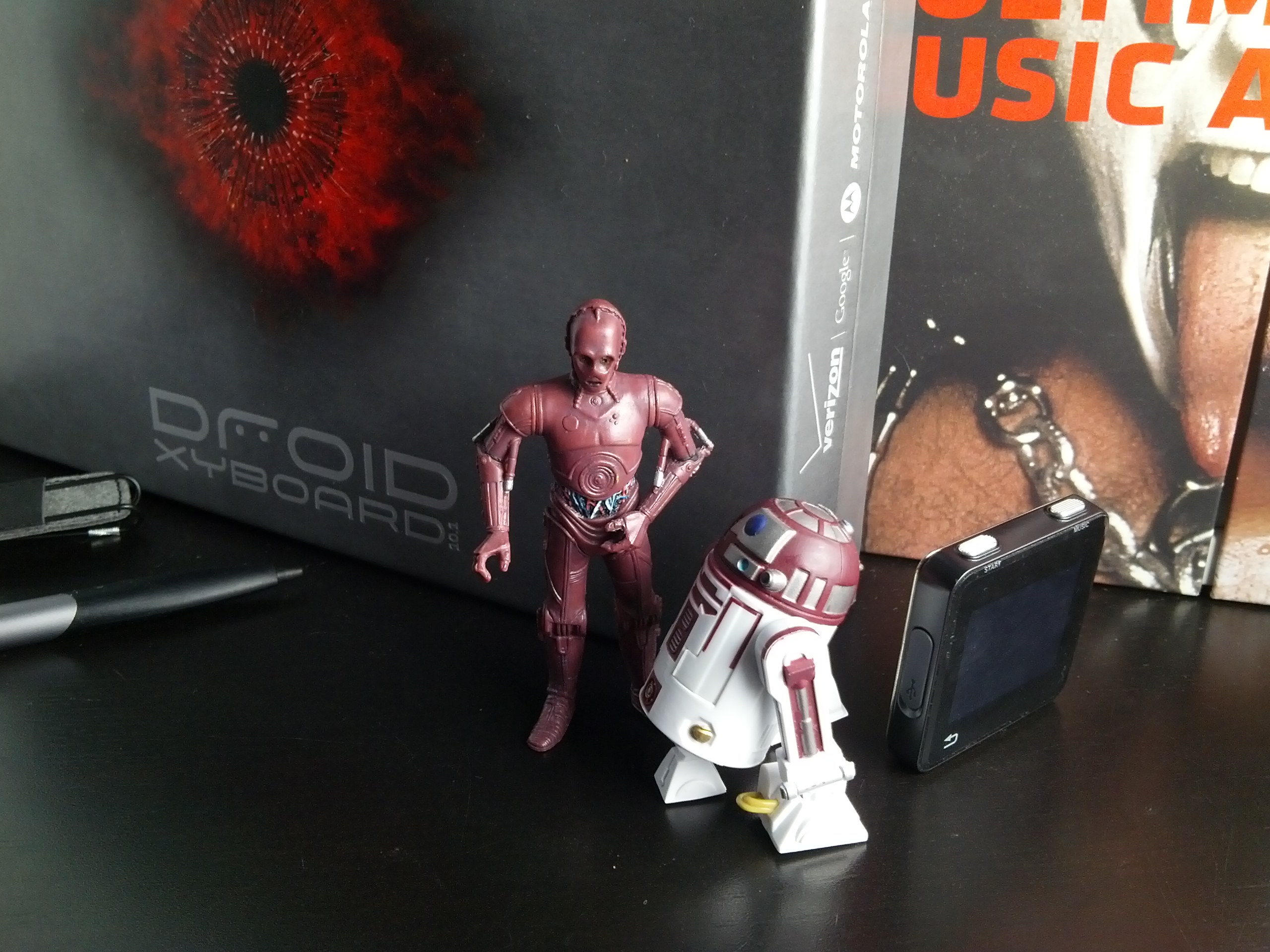Motorola DROID XYBOARD 10.1 Review
When it comes to tablet warfare, Motorola seemed to get out in the open with a weapon of mass excellence with the XOOM pretty early, it being the first to run Android 3.0 Honeycomb, the first Android made specifically for the tablet form factor – now they've come back with the XOOM 2 aka the DROID XYBOARD and we're not so sure it's the same ground-breaking situation. What we've got here instead is certainly a solid package, this XYBOARD 10.1 making some improvements over the original XOOM, especially in form if you were one of the many people who said the XOOM was a hunk of metal with no style, (note: I was not one of those people, I still think the XOOM looks pretty awesome for the workhorse that it is,) and with LTE right out of the box, the XYBOARD provides the promise that the original XOOM took much MUCH to long to deliver on: 4G LTE connectivity. But is it enough for Motorola enthusiasts to want to upgrade from their first 10.1-inch love?
Hardware
Before we begin, note that we're having a look at this 10.1-inch model XYBOARD first here in this post, then the 8.2-inch version later this week! Now here in the DROID XYBOARD you've got Motorola's second and most third most confortable to use tablet on the market, the 10.1-inch version only trumped by the surprisingly lightweight 8.2-inch version we'll be reviewing later on also here on SlashGear. The 10.1-inch tablet here has a relatively bright LCD display at a standard 1280 x 800 pixel resolution. It's covered up by a layer of reinforced Gorilla Glass, while the innards of this device share the same splash-resistant coating that the DROID RAZR does. You've got a microSIM card slot here, but no microSD slot like the XOOM does, the rest of your ports consisting of the standard headphones jack on top and a standardized Motorola setup of microUSB aside microHDMI ports next to one another on the bottom. This means you'll be able to use the full rundown of Motorola devices in this current season, even though most of them are basically meant for handsets.
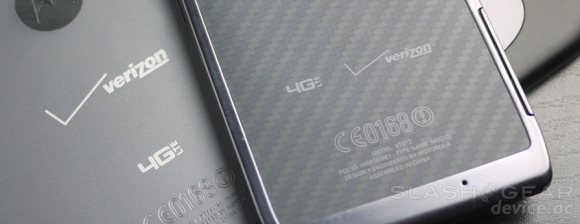
This tablet is only .02 inches than the thinnest tablet on the market right now, and at 599g it beats out the 730g of its predecessor, the original XOOM, by a healthy margin. In other words, you can tell the difference even without having both in your hands. You'll have a much easier time gripping this tablet than most other tablets on the market today (if you have any trouble with any of them, that is), and the sharp-curve of the corners makes for a nice differentiation point from the rest of the world's slates.
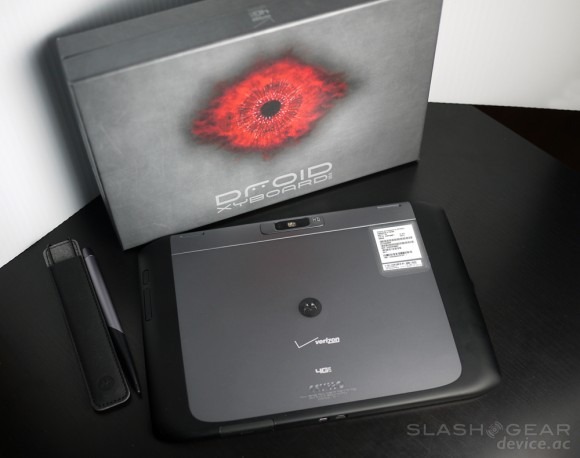
Software
You'll be running Android 3.2 Honeycomb out of the box with some very BASIC additions by Motorola to make it their own. You'll have the same Honeycomb Vanilla gallery, same camera, same interface on the whole, it's just the icons a handful of applications that are coming from the manufacturer and Verizon. Most prominent is the MotoCast app sitting right there on your main home screen just begging you to get into Motorola's extended world of devices via their rather nicely crafted software ecosystem – check out the DROID RAZR and the Motorola MOTOACTV reviews we've got to get a better idea of what it means to be part of this bigger family Motorola is promoting here.
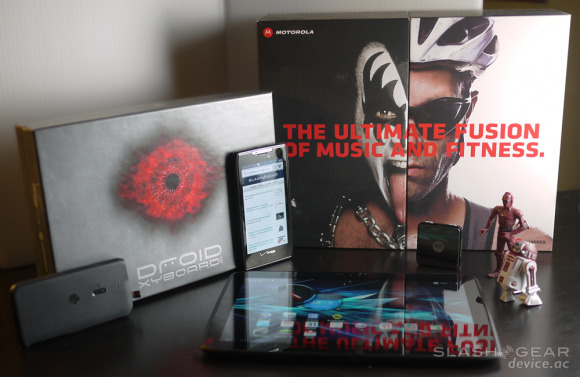
Then it's all about the built-in games like Madden 2012 which is, admittedly, the first sports game I've enjoyed on the mobile platform thus far, and that "Let's Golf" game we've seen on essentially every Android device since early this year — someone did some GOOD promotion deals, I'll tell you that much. You've also got Evernote which works just fine with your included sylus pen for hand-written digital notes, GoToMeeting for group chatting, and Quickoffice HD which you'll find works more than good enough for editing your Office documents on the go. Slingbox, Skitch, VideoSurf, Dijit, and even Netflix begin to look like the devil word: "bloatware" when they're all stacked up on two screens of unremovable apps that come with this talbet straight from the store, but they're certainly not the worst quality apps when it comes down to it for someone looking to avoid the Android Market entirely.
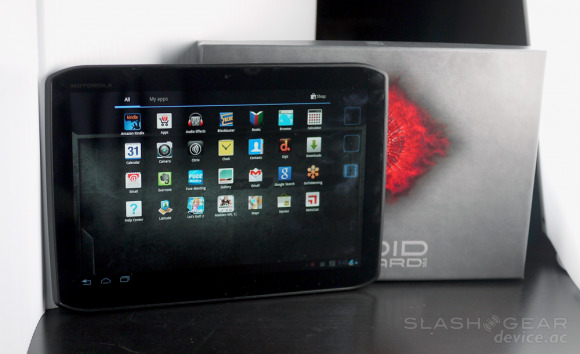
You'll find that the dual-core processor from Texas Instruments is the 1.2 GHz OMAP4 you've been seeing on a lot of devices with Android under the hood lately, it appearing in title to out-do the most common dual-core processor of 2011 the NVIDIA Tegra 2 1GHz, but having a look at our Quadarant Advanced benchmarks here you'll see the increase isn't the most fantastic in the world, but is certainly something to have a look at – pay attention to the individual numbers for a wild bit of difference:
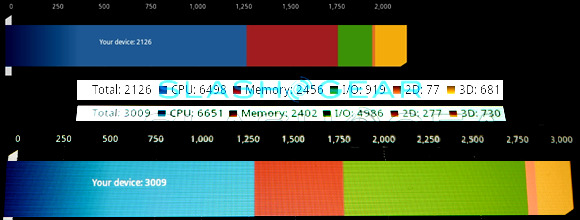
You'll notice one big difference: I/O has had the doors blown off between the two of these machines. You'll not notice the difference in real life usage unless you're REALLY attuned to the functions of the device – the ladies and gentlemen in the audience won't be able to tell the difference. Have a peek at the device in action here in the hands-on video and know the truth:
Camera / Battery
Just like the original XOOM and the rest of the greater Android tablet family, the XYBOARD 10.1's up time is several days strong if you're not using it for heavy activities like streaming video. If you ARE streaming video non-stop, you'll probably be plugged into the wall anyway, but just supposing your not: you've got something like 6-8 hours streaming via LTE. For those heavy users playing nothing but HD games and playing music via Google Music at the same time, you've got just about the same amount of uptime ahead of you.
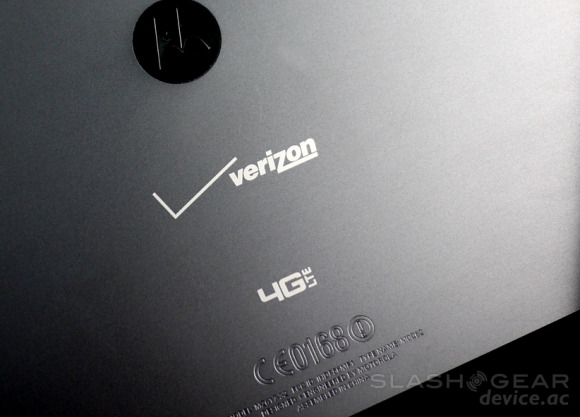
The camera on this device is not especially good. It's a 5-megapixel shooter, but don't expect much better than what you got with the original XOOM. This tablet is certainly not made to be the master of the 5 megapixel shooters that the Galaxy Nexus is, nor is it ready to take on the big guns in tablet photography that the HTC Jetstream and the ASUS Transformer PRIME are, the both of them. Have a peek at some examples here and in the gallery below.
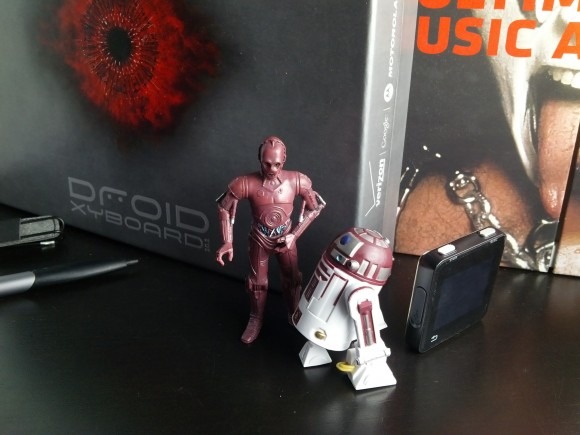
Wrap-Up
The question that'll be popping up on most XOOM owners minds at one point or another now is this: should I upgrade? With a tablet that's got such a similar processor and a display that's not especially improved over the original XOOM, it's essentially only the chassis and the fact that you can no longer use a microSD card that should sway you in one direction or the other – not to mention the money you'll have to drop to move from one model to the next. If you've already got a tablet, I'll say, this probably isn't going to seem like much of an improvement over the model you've already got.
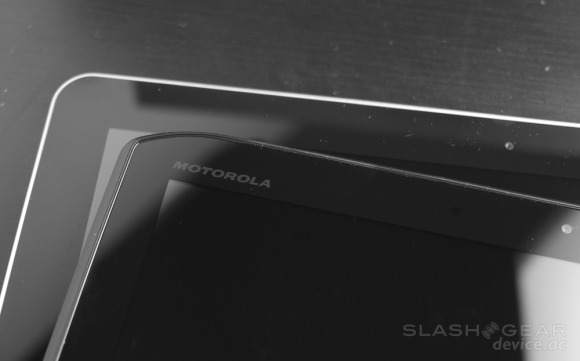
If on the other hand you've never used an Android tablet before, this is as good a place to start as any, as believe it or not, most Android tablets aren't all the different from one another, regardless of their manufacturer. The biggest difference between Android tablets at the moment can be found in the ASUS Transformer Prime — therein lies the next generation of Android tablets, complete with keyboard dock that turns the thing into a laptop and a quad-core processor that beats down the whole rest of the Android world with ease. But if you're not quite into that world yet and would like to remain in this fully connected LTE world (the Prime has no carrier affiliation as of yet), then by all means try out the XYBOARD 10.1 and Motorola your way to victory. Feel free to ask any additional questions below and I'll do my best to answer, and another reminder: we're reviewing the 8.2-inch version of this tablet here on SlashGear as well, soon!

